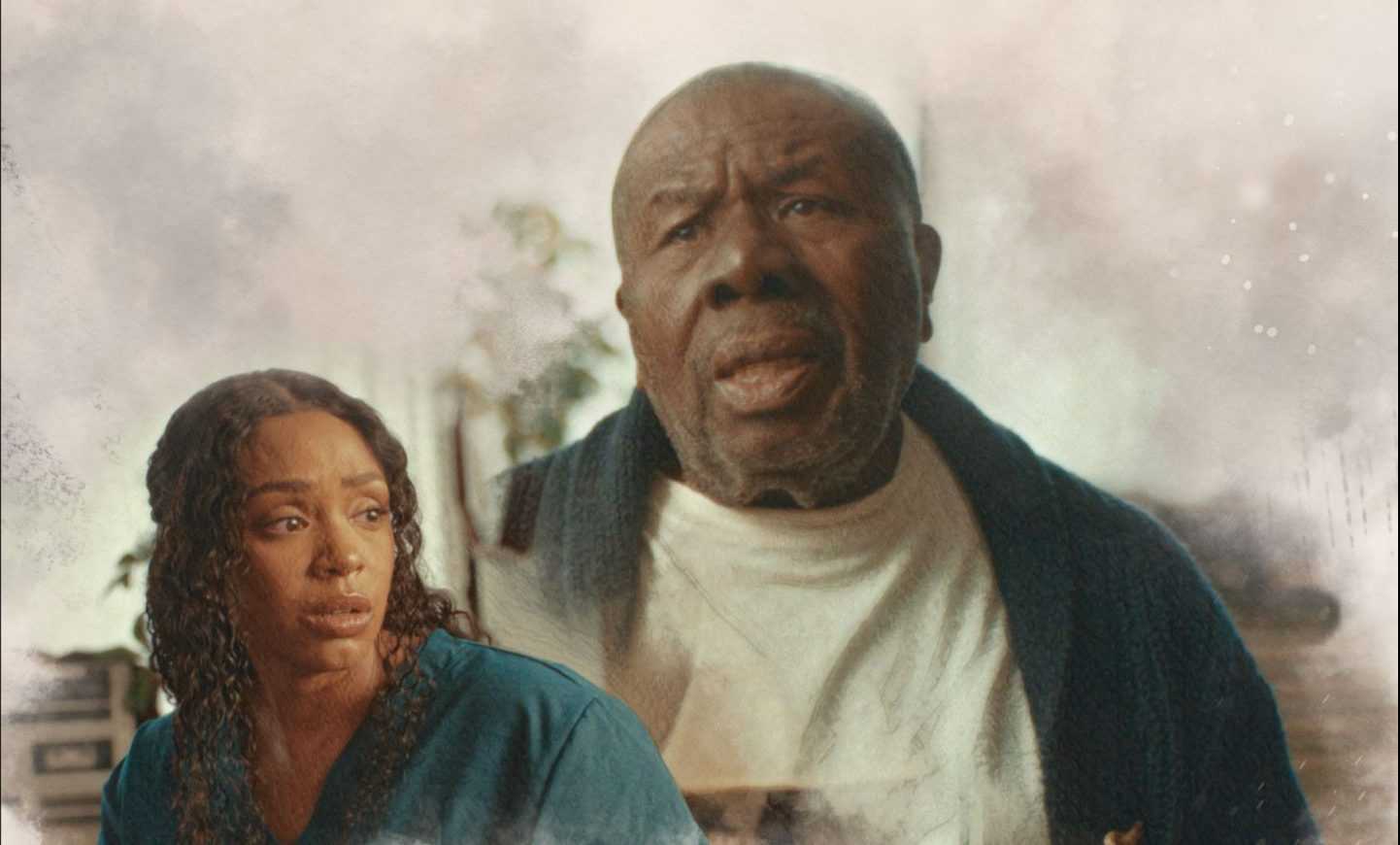on
BY SIMONE J. SMITH
What happens when the memories start to fade, when the warmth of family meals and the comfort of tradition slip away, leaving behind only echoes of the past? When these memories fade, they take with them pieces of our identity, especially when dementia comes into our lives. It is a silent thief, one that strips away memories, not just of the person, but of the food they once made, the stories they once told, and the culture they helped pass down.
This week, I want to talk about a mental health challenge that affects our community. Dementia is becoming more common, but it is rarely spoken about. Sometimes, people don’t even realize it is happening until it’s too late.
I had a chance to check out a peer reviewed article titled Dementia among Minority Populations: A Scoping Review of Meaning, Language, and Translation, and it revealed that dementia affects around 55 million people globally, with over 60% living in low-and middle-income countries. Every year, 7.7 million new cases are diagnosed. In minority communities: misconceptions, cultural factors, and spiritual beliefs often complicate the understanding of dementia.
The prevalence of dementia nearly doubles every 20 years, affecting 65.7 million by 2030, and expected to rise to 115.4 million by 2050. It is a global crisis, but in minority communities, it is often overlooked, and misunderstood. Language barriers, cultural beliefs, and even invalid assessment tools… All these make it harder for people in minority groups to get proper care. Dementia often gets mistaken for spiritual issues, or just ‘old age.’ We have to change that.
On Friday, September 13th, 2024, the Toronto Caribbean Newspaper was invited to watch Sugar Dumplin, a 15-minute movie that follows the story of a woman dealing with her father with dementia. In addition to addressing mental health issues and the impact of dementia, the film touches on themes of food and culture, and family.
We received a personal invite from Donisha Prendergast, Executive Producer of the film and the Executive Director of Humanity Ova Vanity. She shares, “I am filled with immense pride and gratitude for the journey we have undertaken. Our mission extends beyond social justice advocacy; we are deeply committed to curating arts and cultural events that not only entertain but also enlighten and inspire.”
This brilliant, touching film was written and directed by Tristan Barrocks. Tristan Barrocks is Co-Founder of Mid-Career Productions Inc., an internationally recognized, award-winning Afro-Canadian commercial and film director in Toronto. He focuses on telling human-centred stories and has been featured on platforms like: Henrys Canada, Glossy Inc., and Medium.
This film demonstrated Tristan’s incredible and unique ability to craft narratives that deeply resonate with human emotions. At the heart of his work lies a passionate commitment to center stories around the intricacies of human experience. With a desire to effect change, Tristan aspires to assemble a collective of creatives who share his vision, aiming to collaboratively redefine the portrayal of the Black experience in all its dimensions.
During the question-and-answer period of the event, he had a chance to share his experiences working on the film. “It was quite an interesting experience. There was a particular scene where we had to stop filming, because the lead character Oliver Samuels broke down in tears, overcome by the emotion of it all.”
Another key element of this film’s production was Natanya Barrocks: producer, co-founder, and Chief People Officer of Mid-Career Productions. She oversees business strategy, project management, and the operations of our most important asset: our people. In 2022, Natanya co-produced her first short film, Mother to Mother, offering an intimate perspective on motherhood through the stories of six diverse mother figures. Most recently, Natanya was the Associate Producer on a web series called “Wallflower,” which had its world premiere at the 2024 International American Black Film Festival and is scheduled to be streamed in fall 2024.
That night we were also introduced to the beautiful Chantel Riley as Ebony James (actress, singer, and songwriter). Known for her lead role as “Trudy Clarke” in the Canadian hit series Frankie Drake Mysteries and currently the voice of “Lucy Santana” in Daniel Spellbound, Chantel kicked off her career in a German legit production of Disney’s The Lion King only to learn the whole musical in English one year later for her run on Broadway.
Finally, the incredible Oliver Samuels as Desmond James (actor, comedian, and writer) amazed the audiences with his incredible performance. If you are Caribbean, you know Oliver Samuels is a renowned: Jamaican actor, comedian, and playwright, celebrated for his significant contributions to Caribbean theatre. Known as the “King of Comedy” in Jamaica, his career spans over four decades, during which he has captivated audiences with his humor and relatable characters.
He gained widespread recognition through his television series “Oliver at Large,” which became a cultural staple in Jamaica and the Caribbean diaspora. He has an innate ability to make every role he plays a comedic masterpiece, and in Sugar Dumplin, the comedy is cut short. I saw a different side of Oliver, one that truly shows his mastery as an actor, and as an advocate.
The popular comedian explained that while the film is currently only 15 minutes, there are plans to have it expanded to a larger scale, and he has no qualms about reprising his role if ever called upon again. “Overall, I enjoyed the experience. The intention is to take it around to various film festivals at the moment with the hopes that it gets picked up. It is supposed to be shown in Jamaica between the end of this year and early next year.”
What Sugar Dumplin reminded me is that even when memories fade, traditions can live on. We can still preserve the: recipes, the laughter, the culture. We can honour our loved ones through what they’ve given us. Family, food, and culture are the ties that bind us… even when the memories fade away.
Stay in the loop with exclusive news, stories, and insights—delivered straight to your inbox. No fluff, just real content that matters. Sign up today!
We, as humans are guaranteed certain things in life: stressors, taxes, bills and death are the first thoughts that pop to mind. It is not uncommon that many people find a hard time dealing with these daily life stressors, and at times will find themselves losing control over their lives. Simone Jennifer Smith’s great passion is using the gifts that have been given to her, to help educate her clients on how to live meaningful lives. The Hear to Help Team consists of powerfully motivated individuals, who like Simone, see that there is a need in this world; a need for real connection. As the founder and Director of Hear 2 Help, Simone leads a team that goes out into the community day to day, servicing families with their educational, legal and mental health needs.Her dedication shows in her Toronto Caribbean newspaper articles, and in her role as a host on the TCN TV Network.













